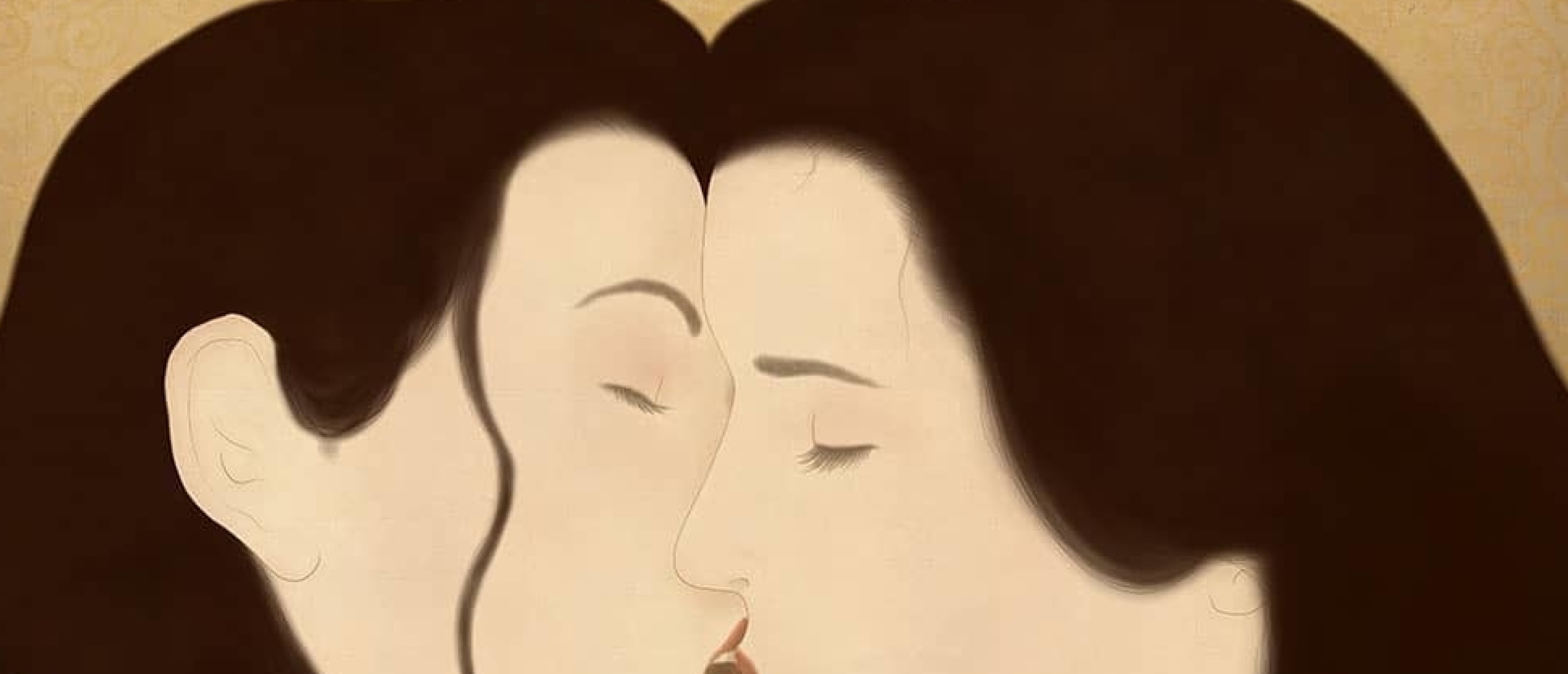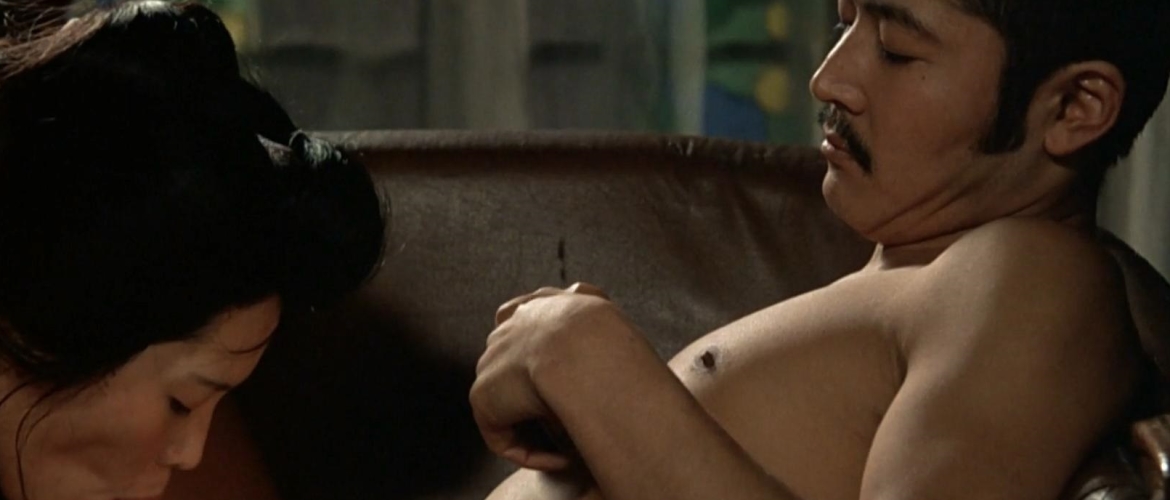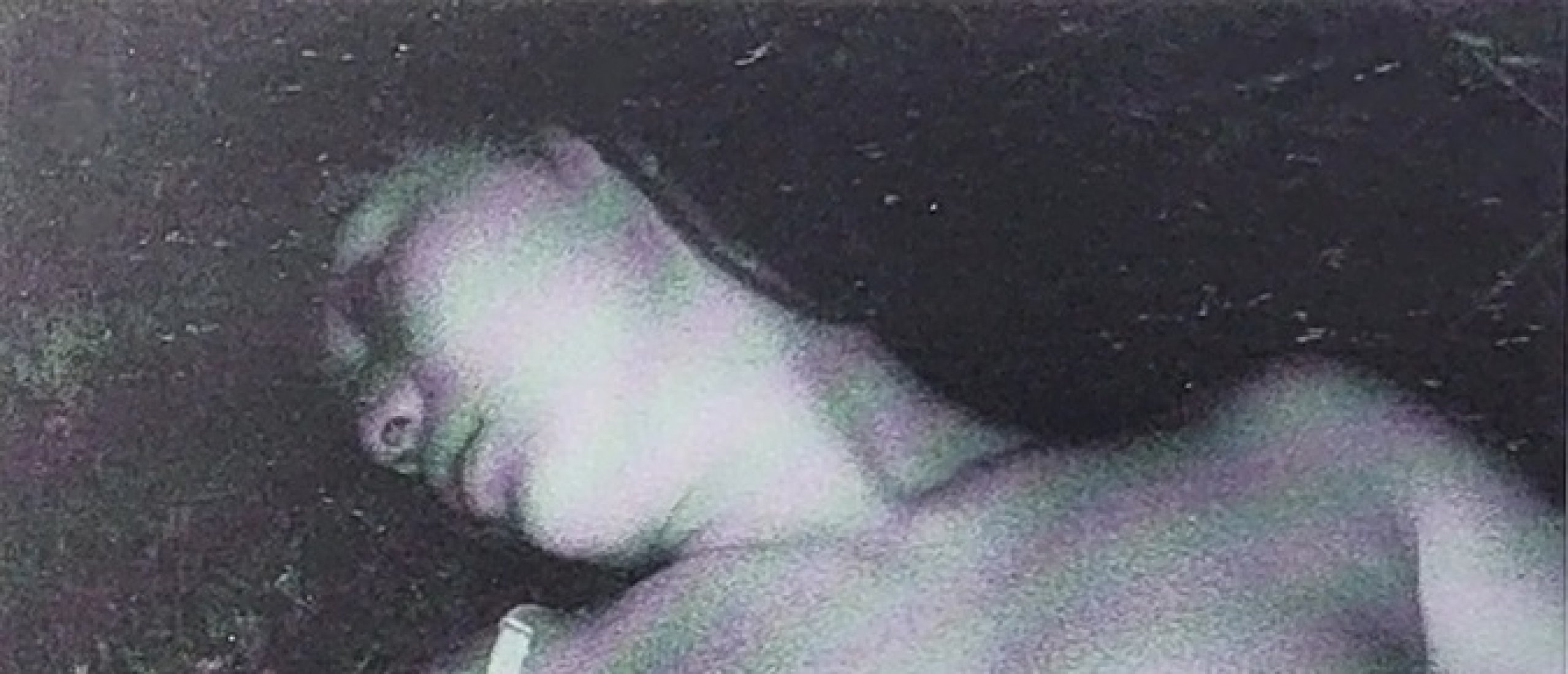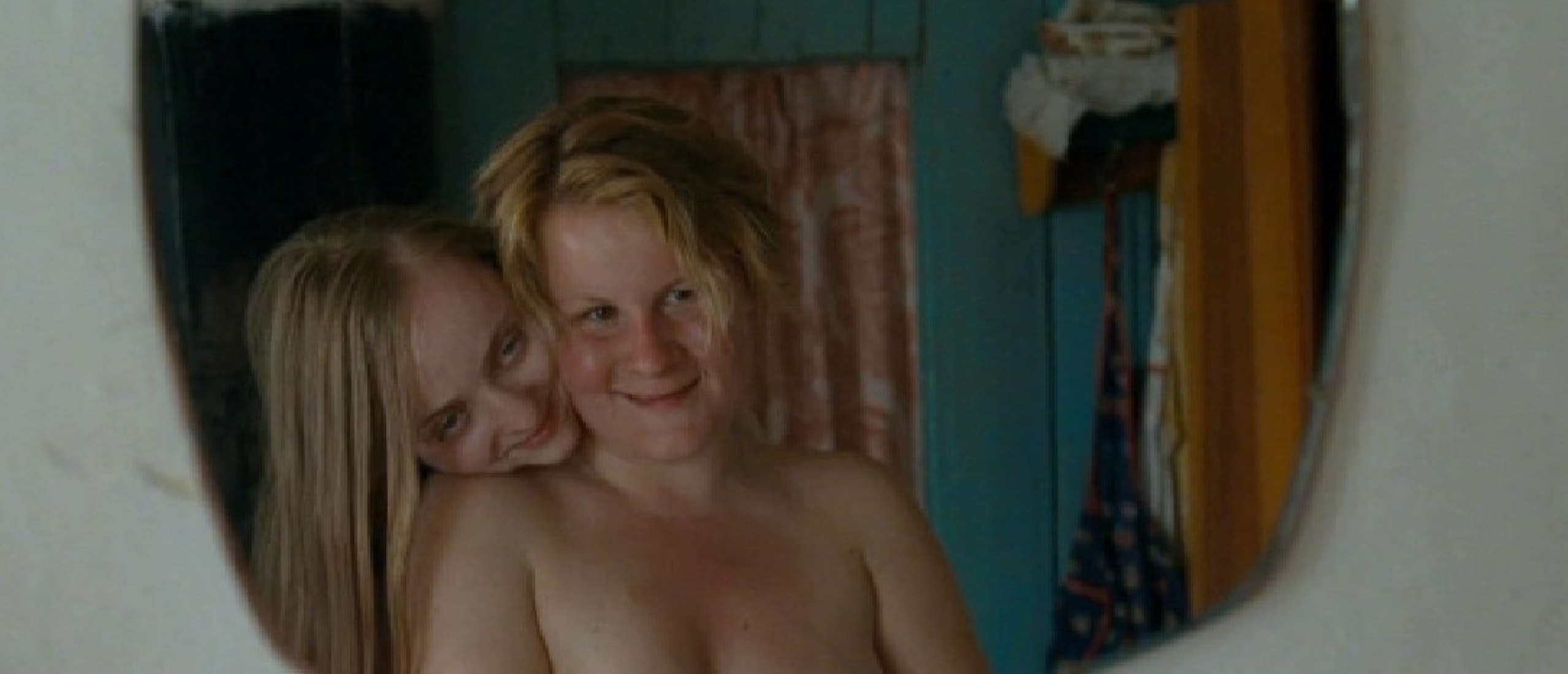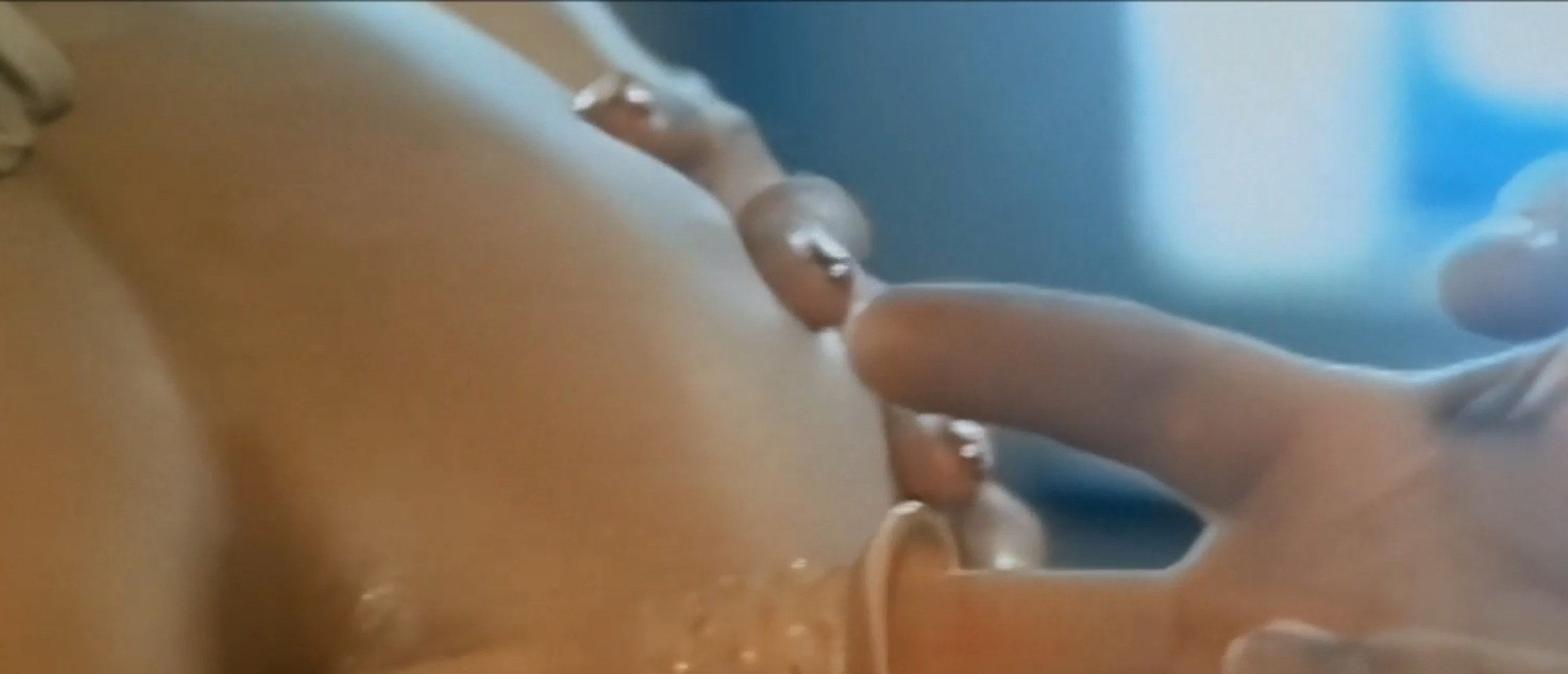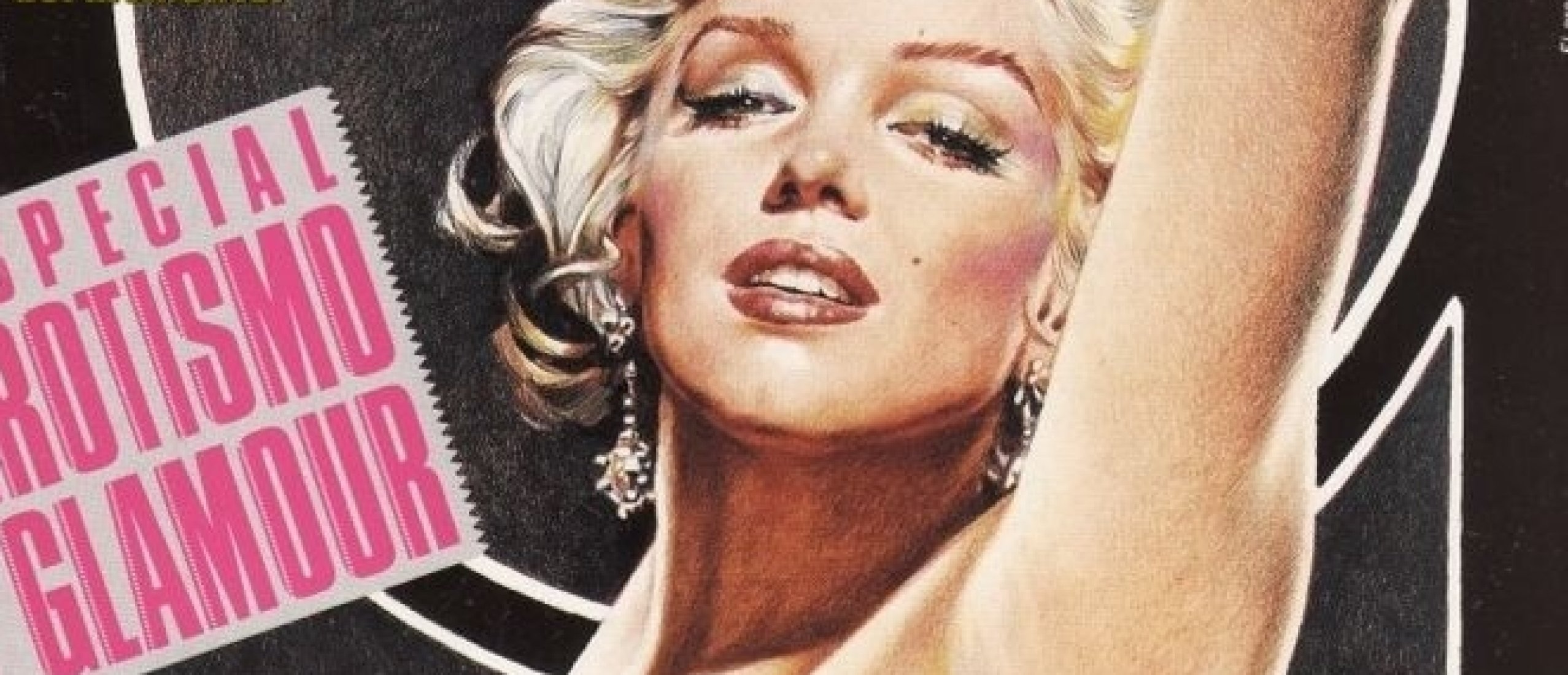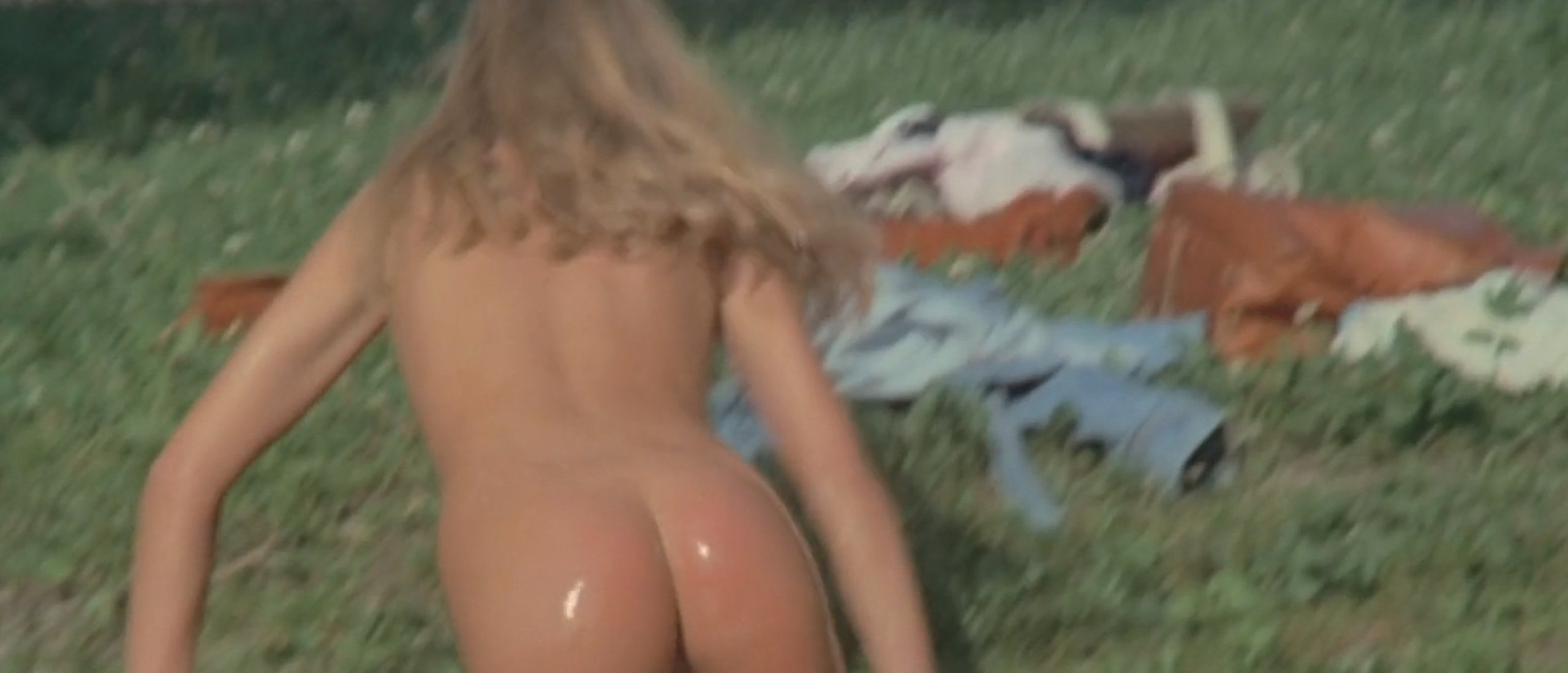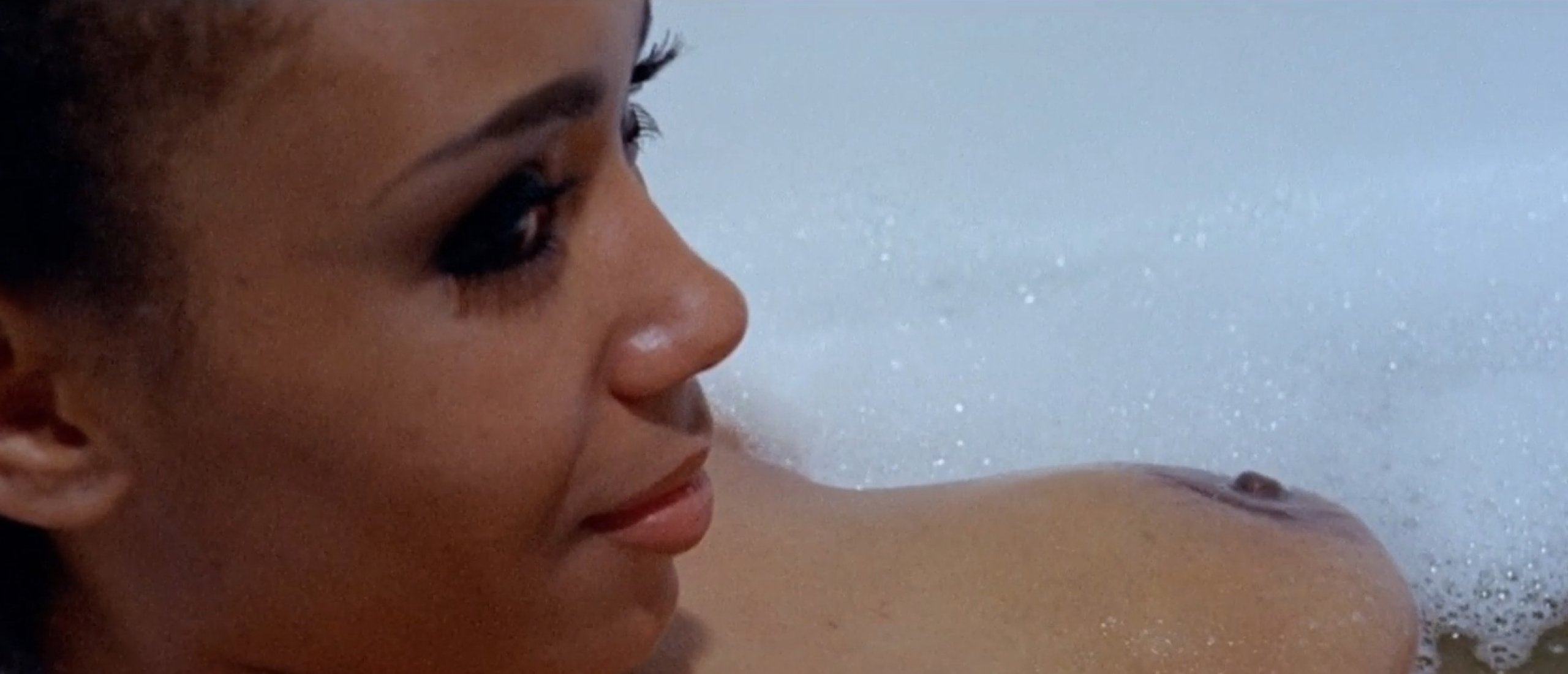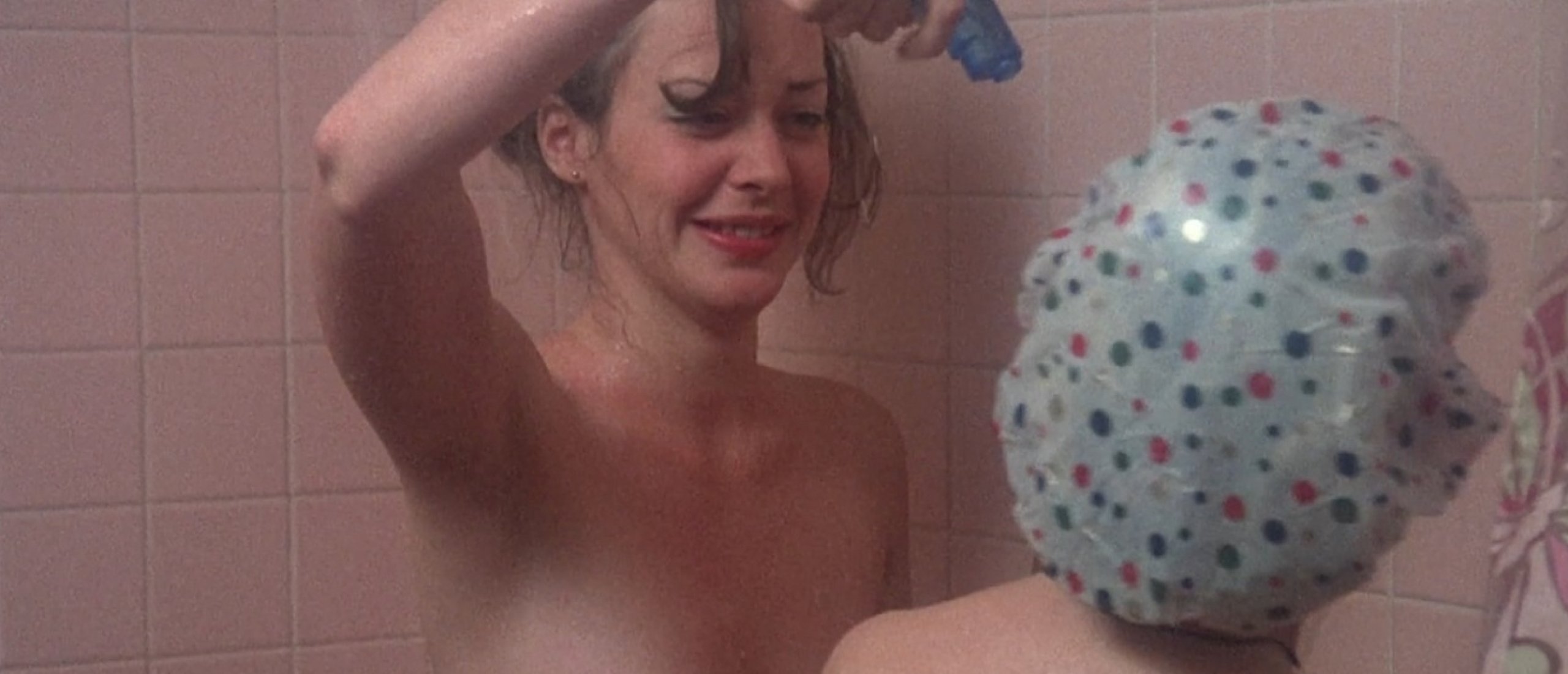
Nagisa Oshima’s Erotic Diptych: “In the Realm of the Senses” and “Empire of Passion.” (pt. 2)
In this article’s first part we discussed this diptych’s first part, “In the Realm of the senses,” here we now shift our object of analysis to that film’s spiritual sequel, it’s conjoined — not quite twin, but — more bashful older brother: “Empire of Passion,” the second of the supposed unholy trinity that was to be Nagisa Oshima and Anatole Dauman’s Trilogy of Porn.

Fig.1

Fig. 2

Fig. 3

Fig. 4
Story
Belonging to the same filmic disposition of “In the Realm,” it's no big shock that the story of “Empire” immediately begins to suggest themes found already in its previous part. The story takes place in a rural village at the end of the 19th century, and concerns Seki as she begins a cautious love affair with the much younger Toyoji, to what would’ve been much to her husband’s chagrin had he ever found out. He doesn’t, however, as Toyoji convinces Seki that the only way to continue their affair without facing the wrath of her husband is to kill him, which she does with the lax resistance of someone too much in love with one man, and too little in love with another. What follows the murder is a surprising shift from the comfortable genre of Erotica to the more unnerving genre of Erotic Horror, in this case the horror takes form in that of a traditional Japanese ghost legend, as Seki’s husband, Gisaburo, haunts what should’ve been a paradise for the couple, and as gossip grows among the town’s people as they begin to suspect the lovers.

Fig. 5

Fig. 6

Fig. 7

Fig. 8
Differences
Anyone familiar with Oshima will know that not much in the way of unifying style permeates his work: a film started in the wake of one just completed is not likely to bear much aesthetic resemblance. We see this in the contrast of “Realm’s” reds with “Empire’s” greens, browns, and all the present colors muted into tones of their earthier counterpart. “Realm” is about the sensuality of sex, its beautiful color palette reflects this; “Empire” seems more enthralled by the Animalism of sex, hence its focus on nature. Seki and Toyoji quite often make love in the wild outdoors, rolling through mud or being pelted by rain as they couple. Similarly, the choice to situate the story in a rural village, with houses whose floors are dirt, reflects nature as something intrusive, or rather, something inescapable. But this nature is not just that of the trees or grass or rain, for it can be argued that the presence of all these elements are simply in their value as emblems for the “nature” which “Empire” is most concerned with: human nature, that is to say, animal nature: sex. All of the differences between these two films — all of the differences between all of Oshima’s films — are due in no small part to his belief in, what he calls, Art Methodology.

Fig. 9
In Premium more on the film's methodology, the style differences between "In the Realm of the Senses" and "Empire of Passion", an analysis of the portrayed sex in "Empire", how the sex in "Empire" is used as a method of rebellion, and no less than 34 pics depicting striking scenes from the film.
Click HERE for an article on the troublemaking prostitute Sada Abe whose story inspired 'In The Realm of the Senses' . Was she a seduced sadist or rebel lover?
Have you seen Empire of Passion? Let us know your thoughts in the comment box below...!!

